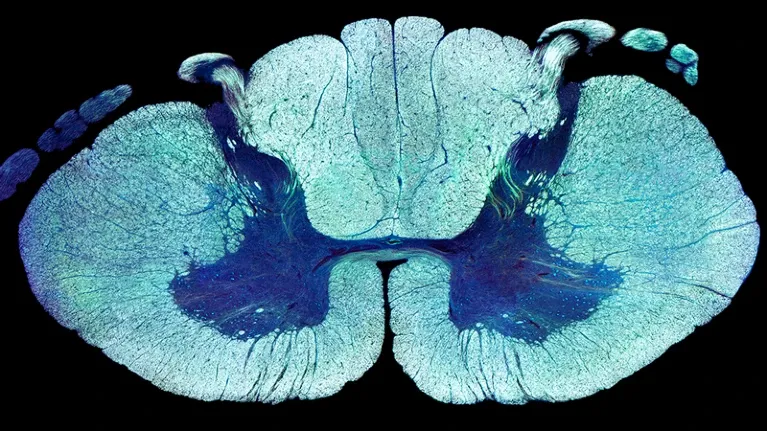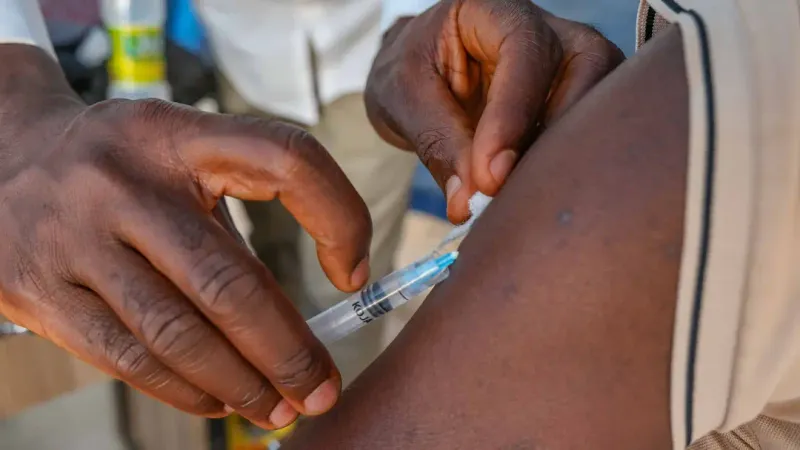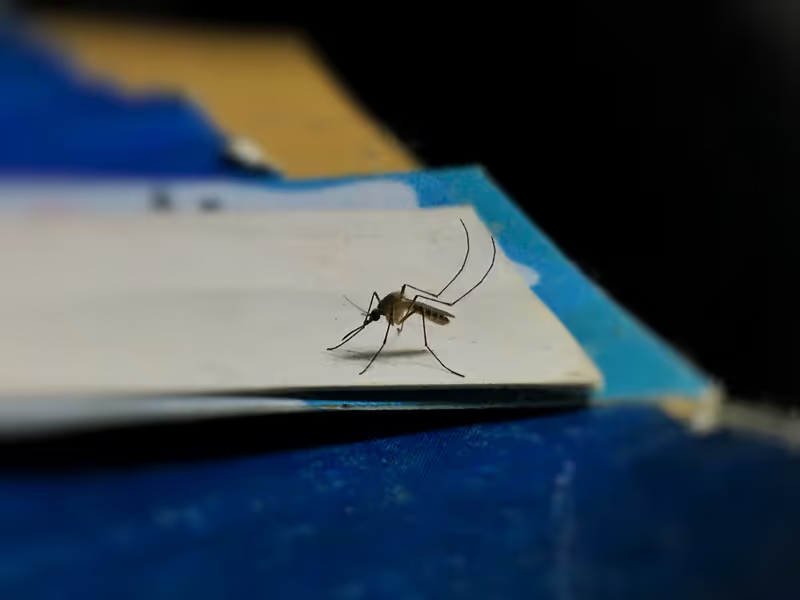Study Identifies Neurons That Restore Walking After Paralysis
Following a study that saw nine paralyzed patients walk again after prolonged electrical stimulation to injured regions of the spine, researchers have identified neurons that could help restore the ability to walk in people suffering from paralysis.

Facts
- Following a study that saw nine paralyzed patients walk again after prolonged electrical stimulation to injured regions of the spine, researchers have identified neurons that could help restore the ability to walk in people suffering from paralysis.
- All recipients of the treatment — which included intense physical therapy as well as targeted electrical stimulation — had experienced damage to their spinal cord resulting in severe or complete paralysis. They all saw immediate improvements, which continued over the five months of treatment.
- Although research on this method — known as epidural electrical stimulation — has been ongoing for some time, this is the first time that scientists have pinpointed the neurons responsible for its success.
- Researchers at the Swiss Federal Institute of Technology, Lausanne, found that the spinal cords showed less activity after the therapy. While the result may seem surprising, it led the team to conclude that the restored activity was down to a subset of neurons essential for walking.
- Scientists also tested their theories by inducing spinal cord injuries in mice and implanting a device to deliver electrical pulses to their spines. The animals' walking ability subsequently improved.
- According to Lee Wui Huang and Emma Azim of the Salk Institute for Biological Studies in California: "The identification of a recovery-organizing cell type is a big step forward in our understanding of the mechanisms that underlie [electrical stimulation] rehabilitation."
Sources: New Scientist, Sciencealert, and Science.
Narratives
- Narrative A, as provided by Big Think. While still in the early stages of study, the findings of this research provide groundbreaking insights into the functioning of neurons in the lumbar spine. These results are a significant step forward in helping the paralyzed walk again.
- Narrative B, as provided by Nature. As groundbreaking as it is to help people walk again, it's often not the only priority for those suffering from spinal cord injuries. Quality of life can be vastly improved by the treatment of other associated problems. This research offers more broadly applicable conclusions that could help improve other functions, and those minor accomplishments shouldn't be overlooked.
- Narrative C, as provided by Peta. This research shouldn't be celebrated as its conclusions are based on the abuse of animals. Crushing mice's spines to intentionally paralyze them was unnecessary, especially considering that the physiological differences between species mean mice are poor surrogates for humans.






